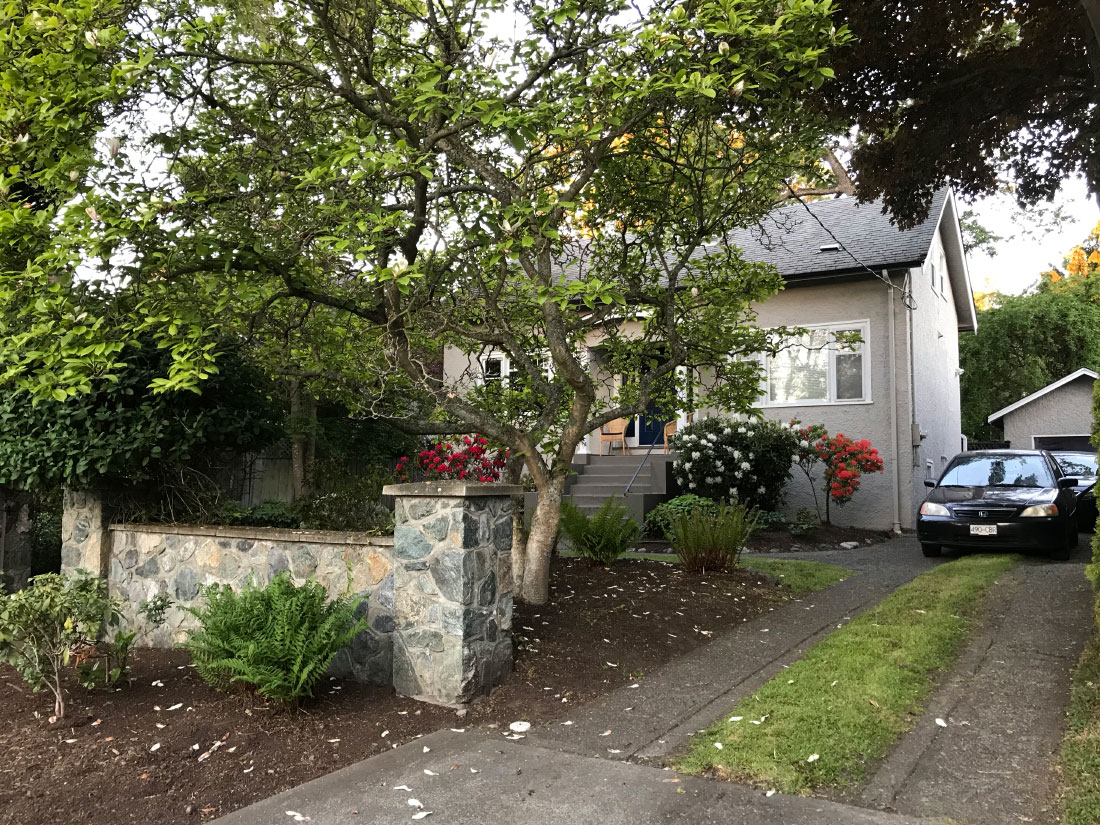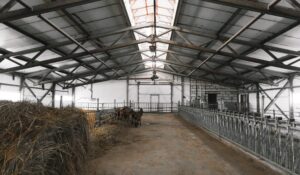The definition of a principal residence limits the amount of land that qualifies for the principal residence exemption to half a hectare unless the taxpayer establishes that the excess land was necessary for the use and enjoyment of the housing unit as a residence.
In referencing Folio S1-F3-C2, Principal Residence, CRA stated that using excess land in connection with a particular recreation or lifestyle (such as keeping pets or country living) does not mean the land is necessary. Excess land may still be necessary where either of the following conditions are met:
In a January 28, 2022 Technical Interpretation, CRA reiterated that it is a question of fact as to whether the excess land is necessary to the use and enjoyment of the residence. CRA considered their position in light of the use of a rural property for a variety of recreational activities (such as skating, fishing and horseback riding) and for farming to grow fruits and vegetables for personal enjoyment and consumption by the taxpayers’ friends and family, such that the taxpayers could “enjoy country living.”
- the location of a housing unit requires such excess land to provide its occupants with access to and from public roads; or
- where the size or character of a housing unit and its location on the lot make such excess land essential to its use and enjoyment as a residence.
In addition, if a minimum lot size or a severance or subdivision restriction existed in a given year, the excess land would normally be part of the principal residence for the year. If the restriction was released in a particular year, the excess land would generally no longer be considered necessary for that and subsequent years. In those cases, it will then be necessary to determine the portion of the capital gain on disposition that would benefit from the principal residence exemption.
Where a portion of the property is primarily used for income-producing purposes (such as farming), that portion would not be considered necessary, regardless of whether there was a minimum lot size or severance or subdivision restriction in place. While most of CRA’s comments are supported by jurisprudence, it does not appear that this particular position is – the determination of whether the excess land is necessary should be done on an annual basis.
ACTION: Where a residence is on land in excess of half a hectare, maintain a record (including supporting documentation if possible) of the reasons the additional land was necessary to live on the property.



